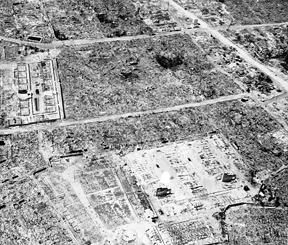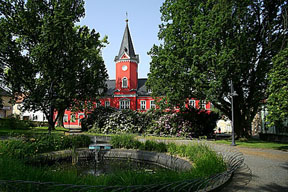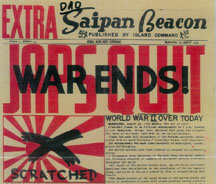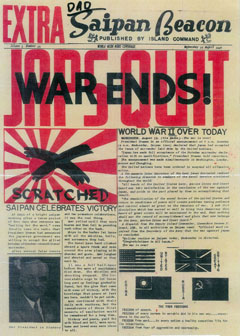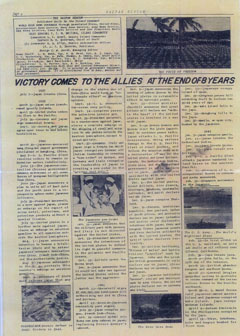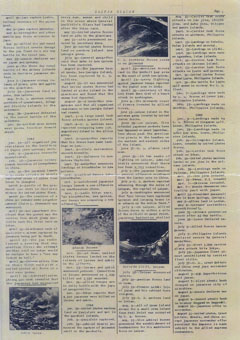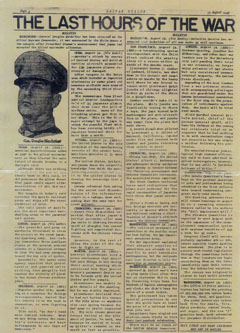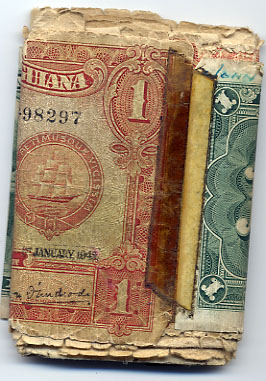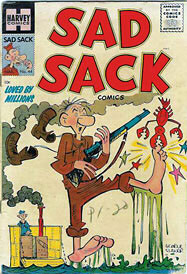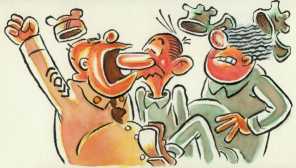|
Czechoslovakia
in Korean War
By Veronika Valdova DVM
During what Doctor Valdova
(left) calls ". . .one of the ugliest small wars . .
" Czechoslovakia was behind the Iron Curtain. They did
not send combat troops but did provide badly needed medical
equipment, know-how and field hospitals to North Korea.
This is an excellent
description of that effort and facts about their participation.
Dr. Valdova is a well known Czech author and is now devoted
to research in drug safety.
Click
the star to see the complete story

|

